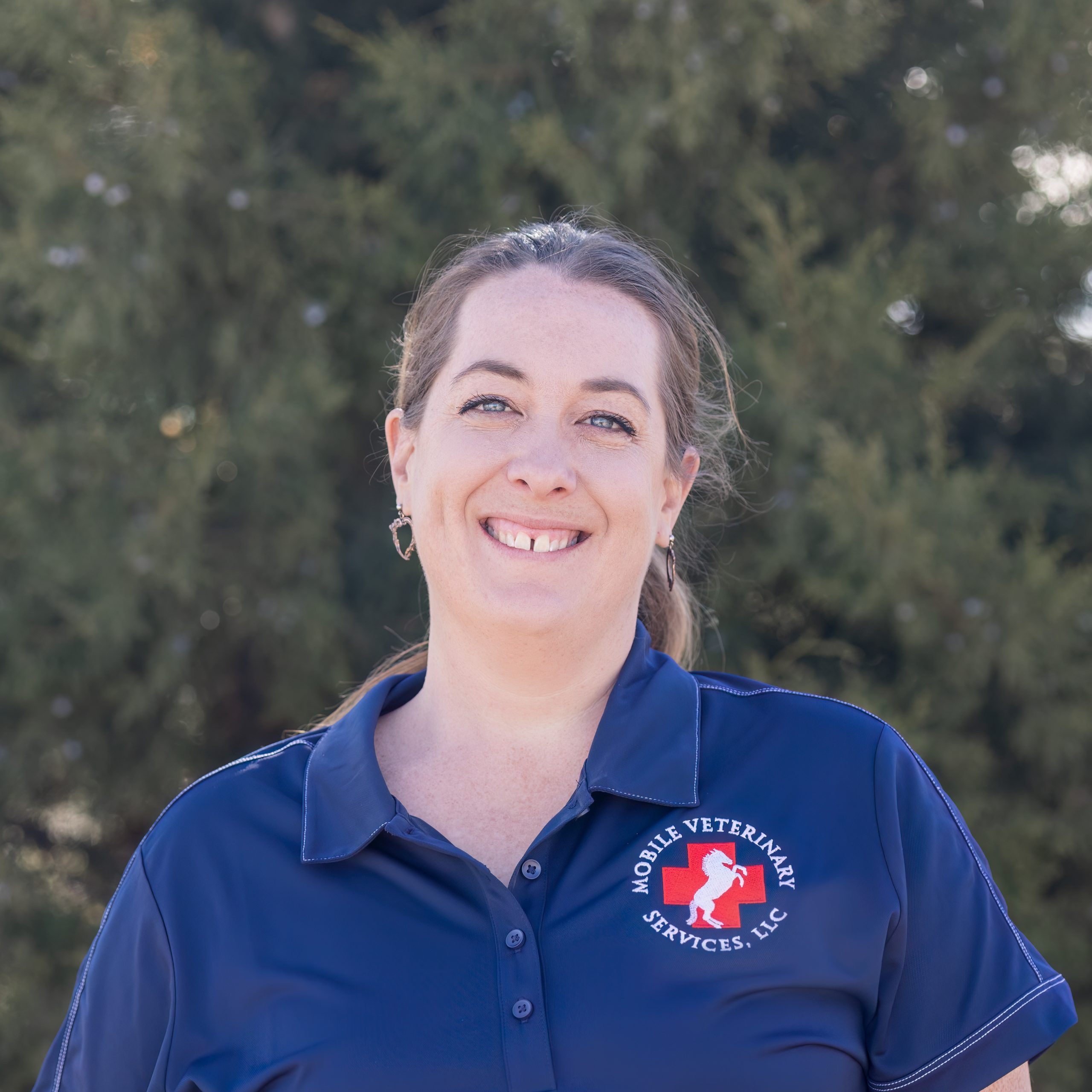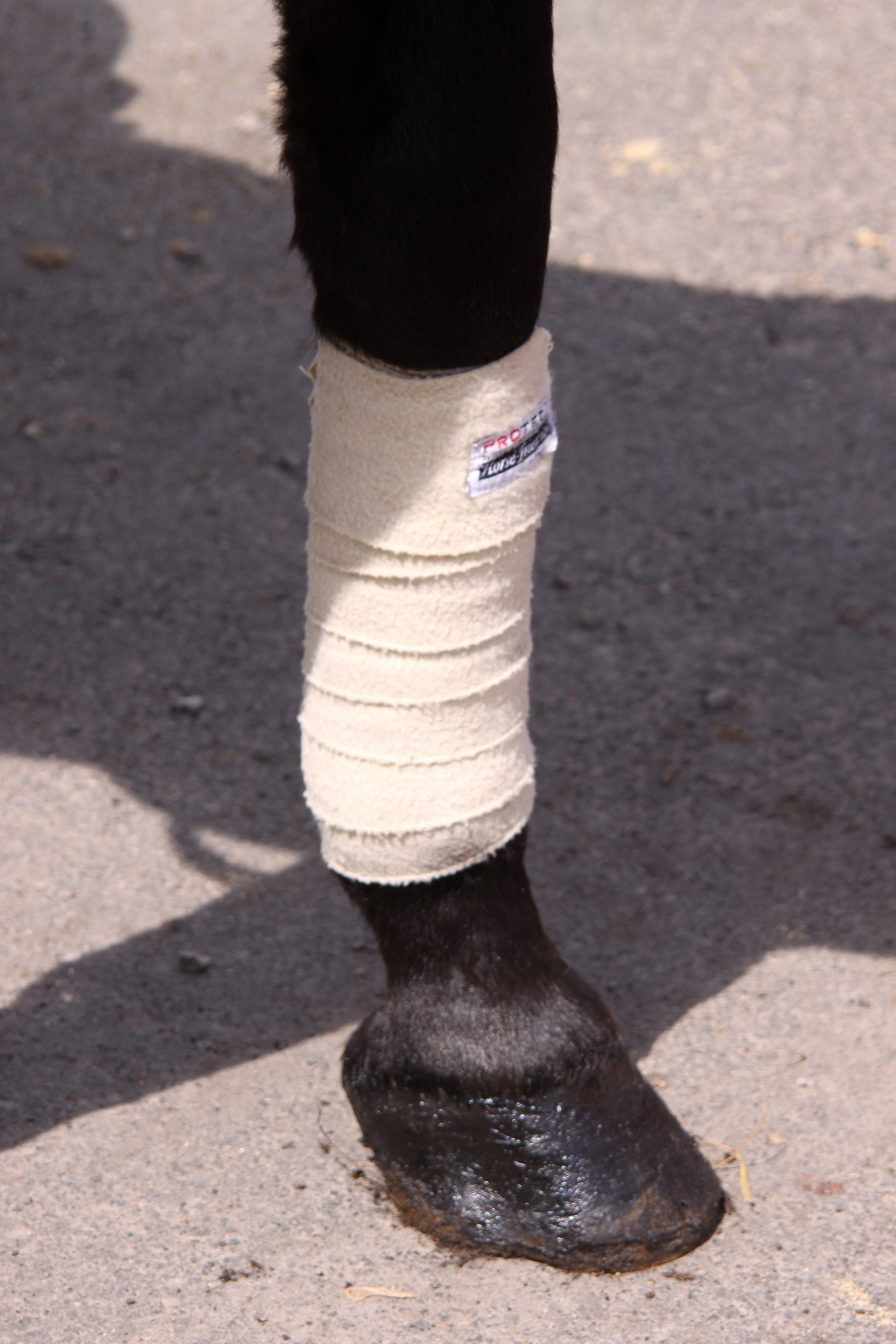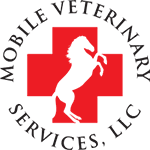 Most horse people are familiar with the dreaded “s- word”: strangles. But if there is a strangles vaccine available, why isn’t vaccination essential for all horses, like the rabies vaccine? What is strangles? Equine strangles is caused by infection with the bacteria...
Most horse people are familiar with the dreaded “s- word”: strangles. But if there is a strangles vaccine available, why isn’t vaccination essential for all horses, like the rabies vaccine? What is strangles? Equine strangles is caused by infection with the bacteria...
 MVS is excited to announce our new associate, Dr. Jenna Moline, is on the job! She’s heading up Team Dixie and we’re delighted to have her as part of the team. Learn more about Dr. Moline below, and be sure to say hi if you see her. I am a Wyoming native...
MVS is excited to announce our new associate, Dr. Jenna Moline, is on the job! She’s heading up Team Dixie and we’re delighted to have her as part of the team. Learn more about Dr. Moline below, and be sure to say hi if you see her. I am a Wyoming native...
 Most horse owners are comfortable treating minor** scrapes and wounds on our ever-accident prone horses. But the myriad of available topical products can be overwhelming – what is best to use and when? **As always, if you have ANY concern over the depth of the...
Most horse owners are comfortable treating minor** scrapes and wounds on our ever-accident prone horses. But the myriad of available topical products can be overwhelming – what is best to use and when? **As always, if you have ANY concern over the depth of the...
 When feeding your senior horse, there are several important factors to keep in mind that can change their dietary requirements. Dental Condition Number one is the status of your horse’s teeth. You may have heard the term “expired” teeth when your veterinarian is...
When feeding your senior horse, there are several important factors to keep in mind that can change their dietary requirements. Dental Condition Number one is the status of your horse’s teeth. You may have heard the term “expired” teeth when your veterinarian is...
 What a year here in Colorado! From fetlock deep mud in the spring to humidity, summer storms and a fly plague of biblical proportion…. No wonder our horses are struggling to keep their skin intact and healthy this year! When mammalian skin spends a prolonged...
What a year here in Colorado! From fetlock deep mud in the spring to humidity, summer storms and a fly plague of biblical proportion…. No wonder our horses are struggling to keep their skin intact and healthy this year! When mammalian skin spends a prolonged...








